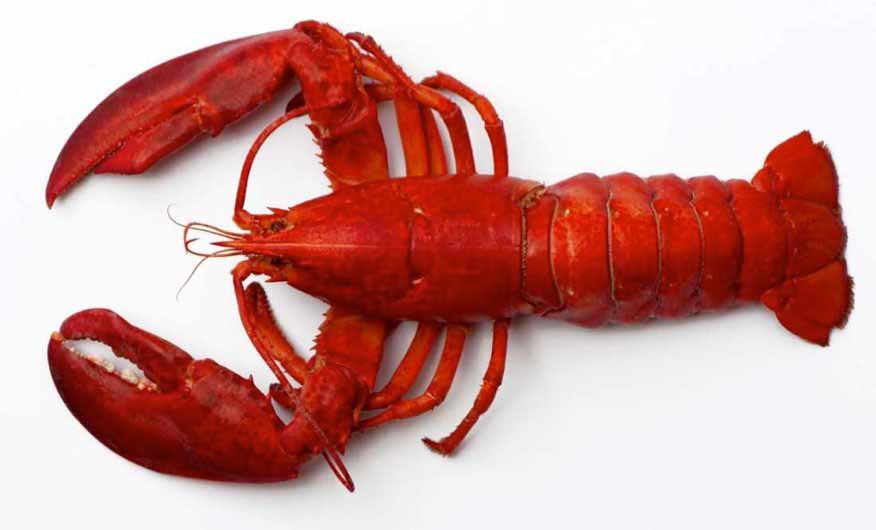Lobsters are omnivorous sea creatures who are scattered across every single ocean in the world. As a delicacy, lobsters are typically prepared either by steaming or boiling them while in their shells.
While they are usually served as the main course of a meal, lobsters can be used in other meals, including sandwiches. Like humans, dogs also love to eat lobster.
This type of seafood has numerous health benefits, especially if consumed as a rare treat. But one thing we should note is that not all parts of the lobsters are edible. So, the question is, can dogs eat lobster brains?
Can dogs eat lobster brains?
Yes, lobster brains are good for dogs as they contain a variety of nutrients and minerals. First off, lobsters, in general, are foods with moderate levels of cholesterol. What this means is that your dog will be less likely to contract different types of heart diseases. Therefore, most veterinary officers will insist on a diet that doesn’t have high saturated fats.
The general rule would be to offer everything in moderation to decrease the odds of their systems being clogged by too much fat. Studies show that a portion of lobster, including lobster brains, contains roughly about 145 mg of cholesterol.
On average, most vets recommend that you provide about 1 mg of calcium and 22.5 mg of phosphorus in every meal. This is significantly lower than an egg, for instance, which has 187 mg of cholesterol. Additionally, eating lobster brains will also help strengthen your dog’s bones. It will keep their bones healthy and promote good nerve function.

Lobster
Much like other protein sources, lobster brains will also facilitate the development of healthy and strong muscles. Lastly, lobster brains can also boost decent brain function. This is because they are full of omega-3 fatty acids, which, as you know, are polyunsaturated fats.
They not only improve brain development but also help prevent heart disease. Lastly, lobster brains are also full of essential nutrients and vitamins that will improve your dog’s immune system. These range from minerals such as vitamin B12, zinc, and magnesium.
Are there any risks involved in feeding your dog lobster brains?
The most glaring risk involved in giving your dog lobster brains is that you run the risk of flooding their system with high levels of sodium. If not kept in check, this can lead to an inflamed pancreas, which can lead to death. Other than this, there is also a chance that your dog might be allergic to lobster brains.
If this is the case, then your pet may experience symptoms such as abdominal discomfort, vomiting, and even skin irritation. Stop giving your dog lobster brains if they experience any of these side effects. Moreover, monitor your pet to see if their condition worsens while providing plenty of water as well.
Lastly, the lobster’s outer cover can be a choking hazard if not correctly dealt with. Failure to remove the lobster’s shells could potentially cause intestinal blockages and damage your dog’s digestive system.
How to prepare lobster brains for your dog?
The first thing you need to remember is to avoid the use of things like spices and seasonings, which can cause your dog’s stomach upset.
Moreover, avoid methods of preparation that involve frying and oils in general. The best way to go is to boil the entire lobster in a steaming pan. Preparing the lobster in boiling water will ensure that all parasites and bacteria are killed off.

Lobsters should be boiled for dogs.
It would be best if you also remembered to keep the lid on the plot closed and leave the lobster cooking for up to 20 minutes. Once cooked, sieve out the excess water, then start cracking the hard surface to get to the lobster brain. Make sure that all the shell from the lobster is removed before you offer any of the soft meat to your dog.
Moreover, you should also be careful when it comes to portion control when it comes to feeding your dog lobster brains. This means that lobster brains should only be treats and not make up the bulk of your pet’s diet.
This should answer all your misunderstandings regarding whether dogs can eat lobster brains or not.





